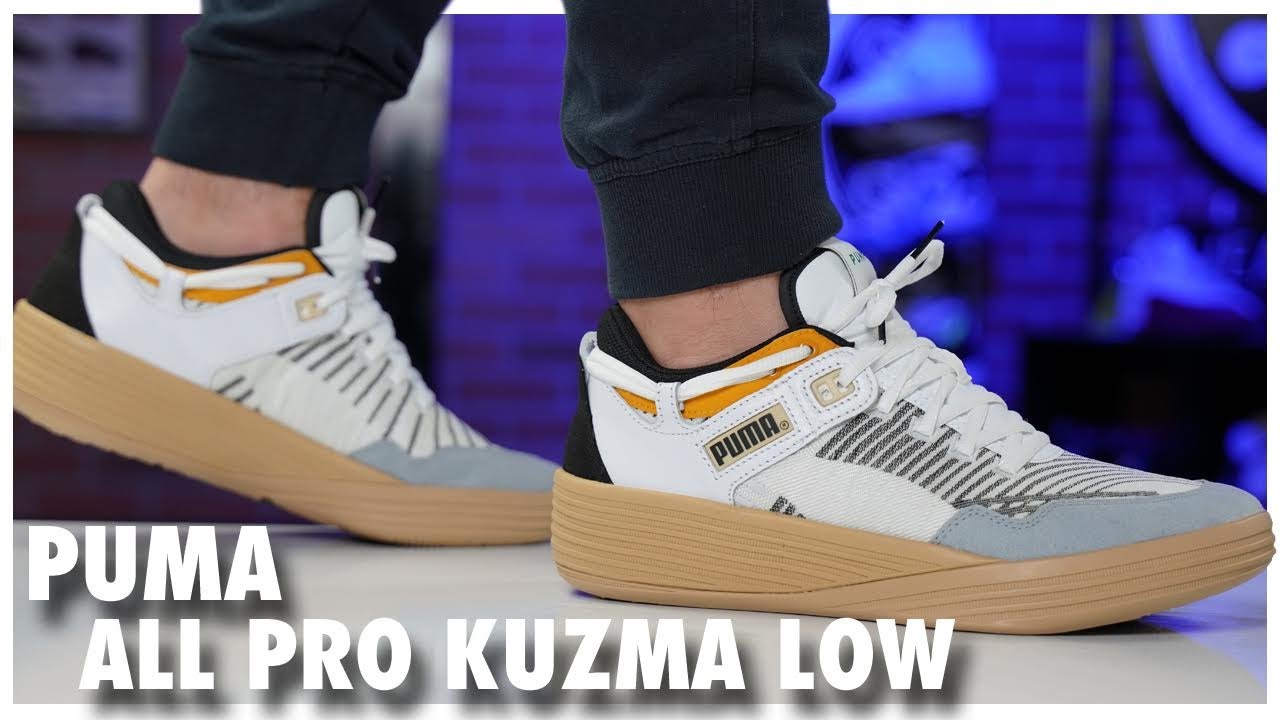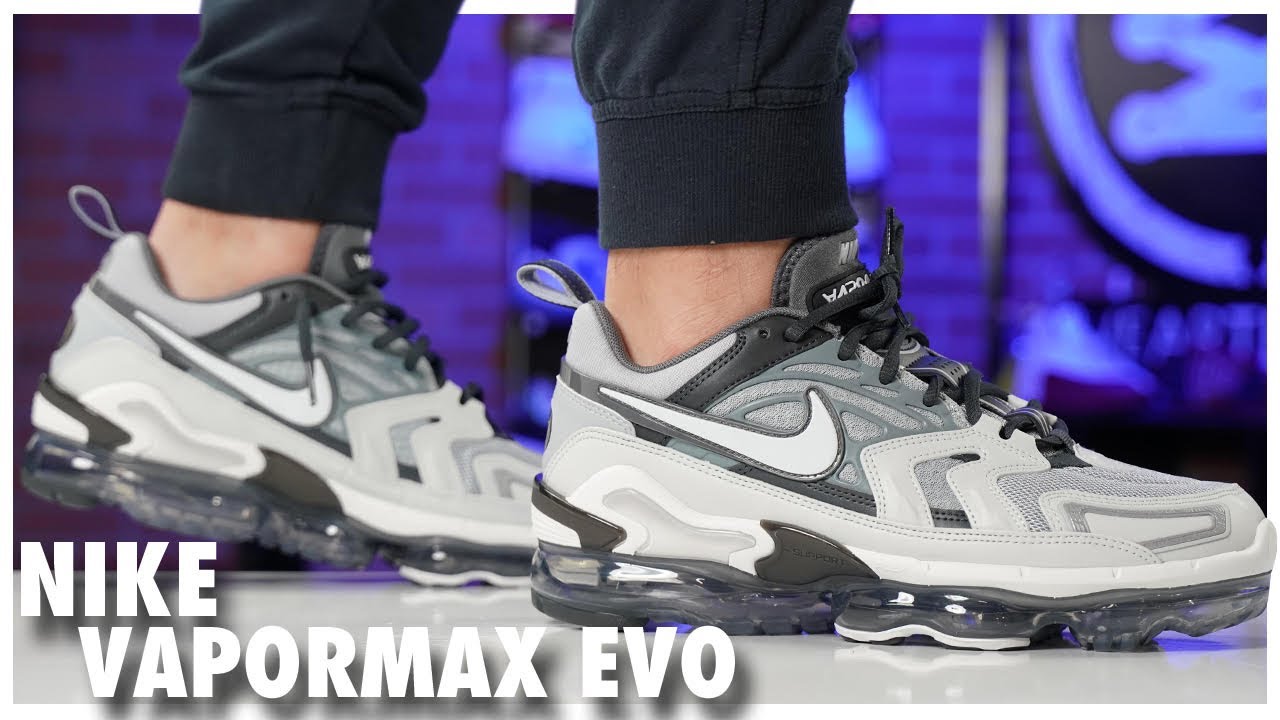For the press run YouTube Red’s latest show, Lace Up: The Ultimate Sneaker Challenge, I got the pleasure of speaking with someone that I’ve respected for a very long time: D’Wayne Edwards, the founder of PENSOLE.
Hosted by YouTuber sWooZie, and shot on location at the PENSOLE footwear Design Academy, Lace Up: The Ultimate Sneaker Challenge is the first-ever unscripted competition series. Footwear designers from around the world will battle it out in teams for some huge prizes — namely, their own limited edition James Harden sneaker (that will become available in November) and a job at adidas.
The eight episode series will feature 12 competitors in four teams. Special guests and judges include Anthony Anderson, Ashley Graham, Stan Smith, Eddie Huang, Fetty Wap, Jacques Slade, and NBA stars James Harden and Damian Lillard.
If you don’t have YouTube Red, a Lace Up YouTube channel will go live after the show with behind the scenes looks, extended scenes, and videos that show more of the sneaker creation process.
I spoke with D’Wayne Edwards about Lace Up: The Ultimate Sneaker Challenge and why he wanted to do the show. However, we discussed much more, like how brands that sell nostalgia face a double-edged sword, and how complex designing and constructing sneakers actually is.
D’Wayne was an absolute pleasure to speak to — he drops so many gems. Enjoy.
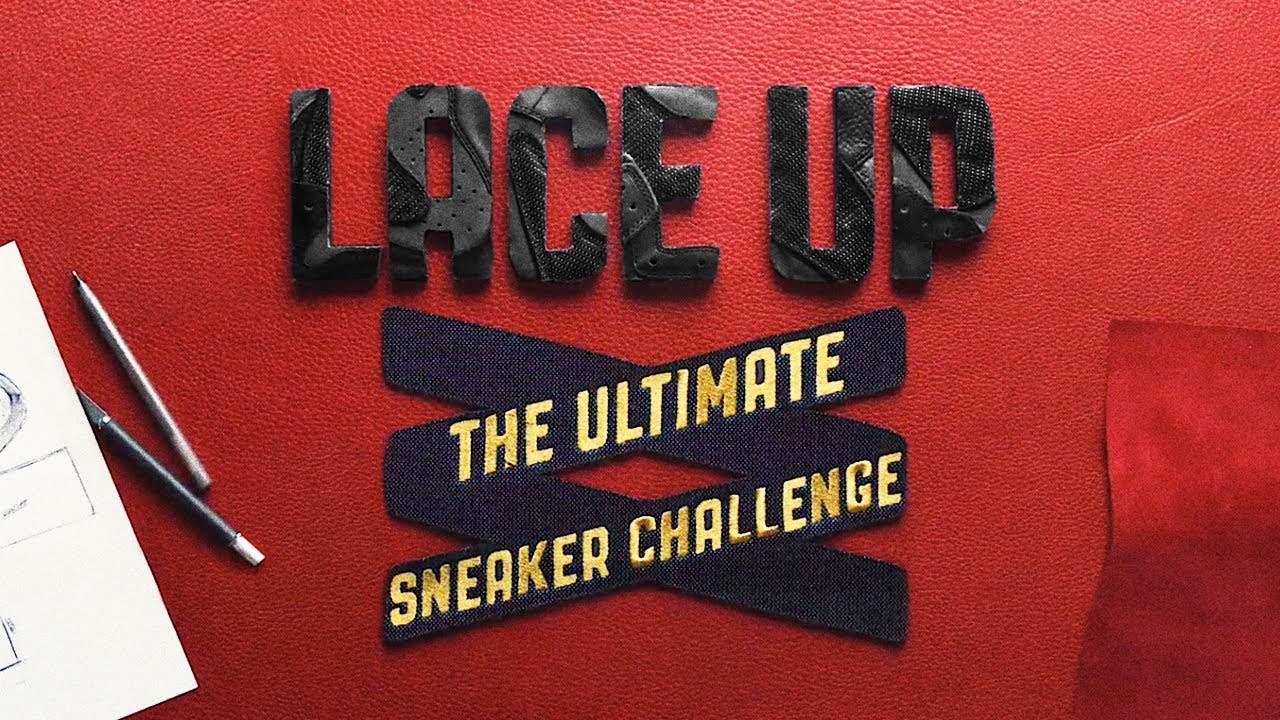
Let’s get right to it. Lace Up: The Ultimate Sneaker Challenge has been pretty hush hush since its inception; I’ve spoken to several contestants and they wouldn’t share any details. The show goes live on YouTube Red in a couple days on September 13. What can you tell us about the show?
It’s something that I didn’t plan on doing because I just do what we do — the idea for us was just to create a school that shared the knowledge that is, most of the time, kept at a company. What’s crazy is these footwear companies hire students fresh out of school and expect them to come in running — but there’s a lot you have to learn on the job. What we try to do with PENSOLE is share what it’s like to work at a real company before you have a chance to work at a real company.
The class itself that we did — I say it’s a class because I don’t see it as a show, I see it as another class that we would normally do — was just a slightly different format primarily because almost everything we do is competition based. You have to compete to get in — even some of our programs are competitions where you’re working for a specific brand and the best student gets paid and their shoe gets made. I saw it [Lace Up] as a really natural extension of what we already do — there were just a bunch of cameras here filming it.
It was an unscripted show, correct?
It’s totally unscripted. Just like any class we have a curriculum and a format. I think a lot of these reality shows are somewhat scripted event though they’re supposed to be unscripted —
Most of them are scripted (I have a friend that writes for reality TV).
[chuckles] Yeah. I think the concern for some was, “Is it going to be interesting?” “Is it gonna be drama” and the first thing I told the people that I work with at 10X10 and YouTube was that the last thing I wanted is a drama show. That crap that you see on TV now — I’m not interesting in doing that because these students are here to get a job. They have to be professional, as best as they can, so there’s more at stake than being on TV.I told them that a lot of what we do, if you just turn the camera on, it’d be interesting because there are natural problems when people that don’t know each other have to work together. There are natural problems when you have to complete something on a crazy deadline and the stakes are pretty high. Those are our normal classes so I knew that “entertainment value” would already be there because it’s just a part of what we normally do.
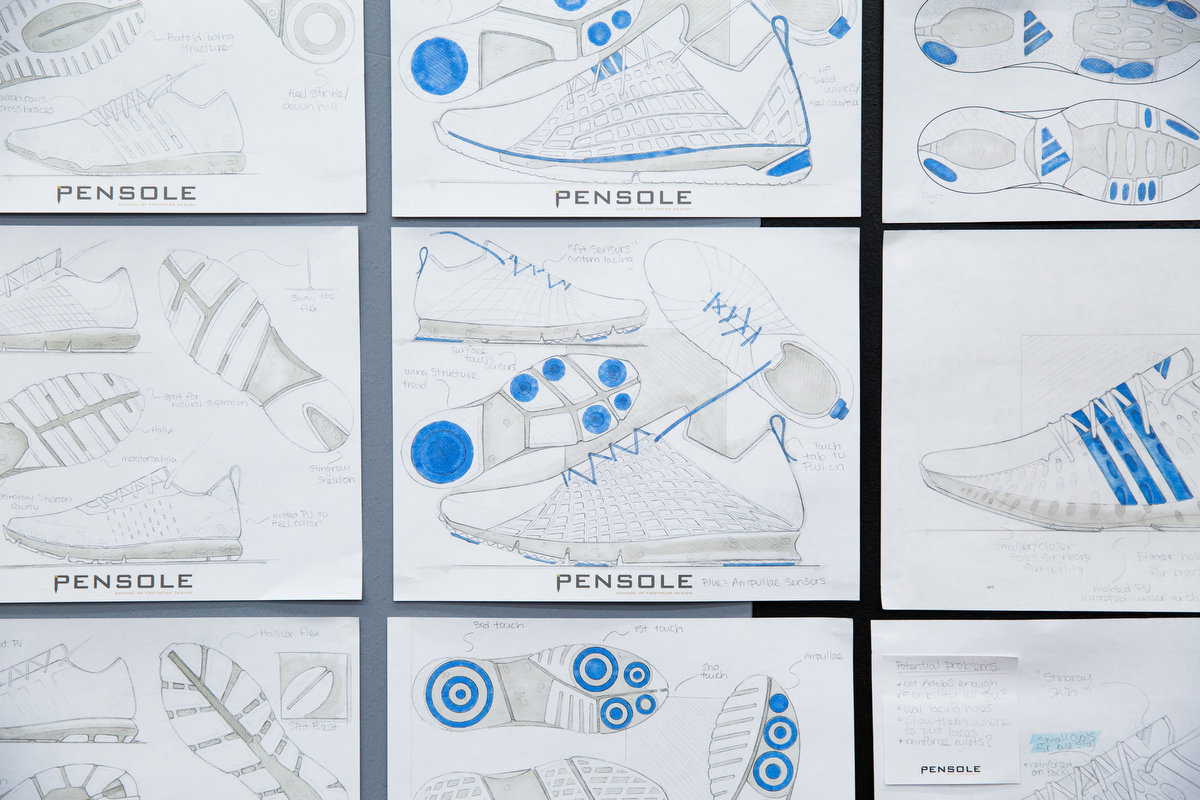
How did the challenges on Lace Up differ from legit footwear development? According to the people I’ve spoken to, the contestants were creating custom sneakers from existing midsoles and silhouettes supplied by adidas.
That happens often in a company. You’ll see different uppers on the same bottoms all the time — even having to do it in five days happens at a company! What they did was a very normal process at a company. It was challenging because they’re not professionals so they had to learn on the fly and get it done as best they could in the time that they had.
Loving sneakers and building sneakers are very different.
Ohhhhhh yes. That’s the wake up call everyone gets who loves sneakers and wants to design sneakers. It’s one thing to draw them, or to be able to draw, but it’s a whole ‘nother level of trying to construct them because you get a pretty rude awakening to how much complexity is involved, how much precision is involved, how many layers and steps are involved — it isn’t always as sexy as it may appear. It is very technical, but if you love the process, either designing or creating things, you’ll embrace the idea of what it’s all about.
The show doesn’t feature as much of the making as I would want, it shows a lot of it, but really showing what happens from start to finish would be kinda boring TV I guess? Unless you’re totally geeking out on how things work.
There will be a Lace Up YouTube channel and it will show the behind the scenes of the extended judging process, more of the making process, interviews with the students, so you’ll get more of the story after the show because we have to condense five days into 50 minutes. A lot of things get left out but we’ll be able to show the rest of the story on the YouTube channel.
I wanted to show people who will never get a chance to see the Nike sample room, or the adidas sample room, because those things are proprietary — they keep those things quiet, and for good reason: they’re secrets. I wanted to share, with the industry, exactly what happens — and give a perspective, if you’re considering getting into this industry, how difficult it is.
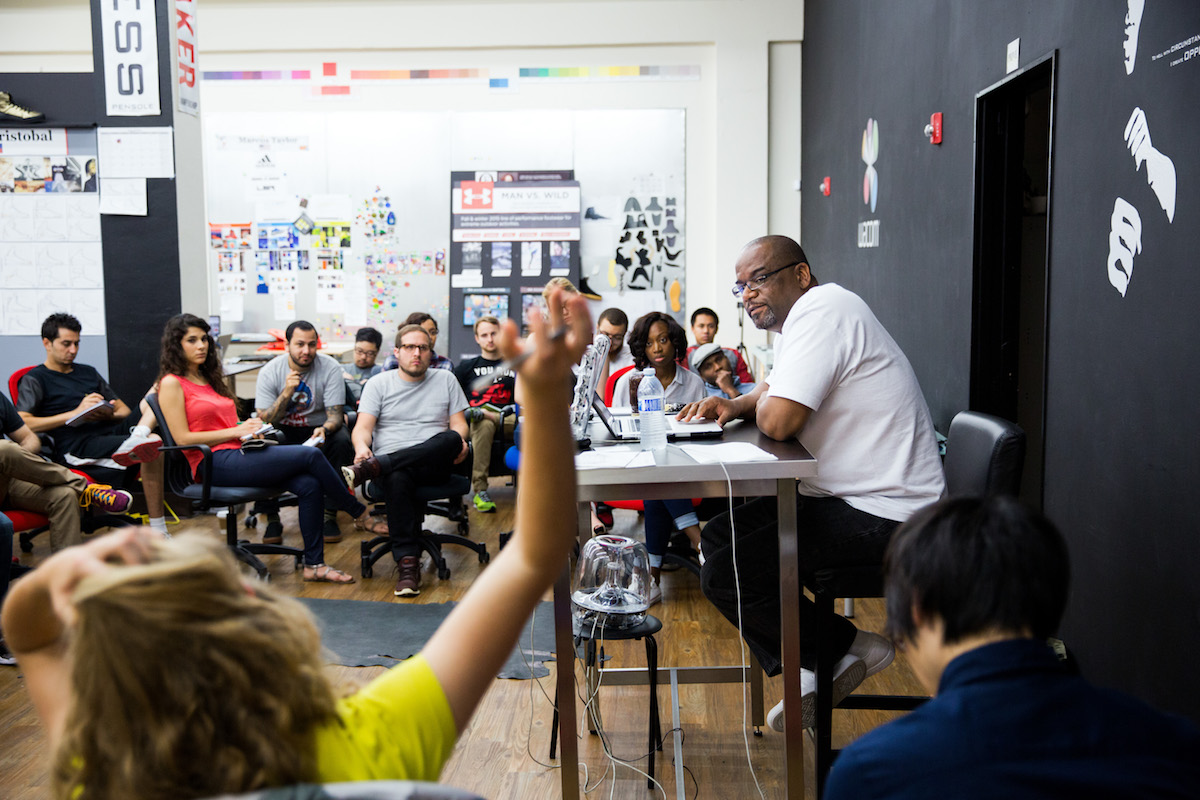
There are several huge celebs judging for Lace Up — the always stunning Ashley Graham, legends like Anthony Anderson and Stan Smith, Fetty Wap, Macklemore, etc. — was there one celeb you were excited to meet/nervous to meet?
No, I’ve met some pretty important people over the course of my life so no one really impresses me like that, from the perspective of me being nervous.
I’ve only been nervous to meet two people in my life: Michael Jordan and Hank Aaron. No disrespect to any of the judges on the show but I think I have a respect for the fact that they’re humans just like I am.
What was really cool about each and every single one of the judges was that they were actually really good people – super good people – and I wish you guys could hear the conversations we had in between judging, when the cameras weren’t rolling because it was a genuine conversation about sneakers and sneaker culture. “Damn, I didn’t know it was that hard,” or “I didn’t know that much went into the process,” to the point where every single one of the judges wanted to take a PENSOLE class. They wanted to make the shoes themselves because they were so fascinated with how much effort and energy went into the process.
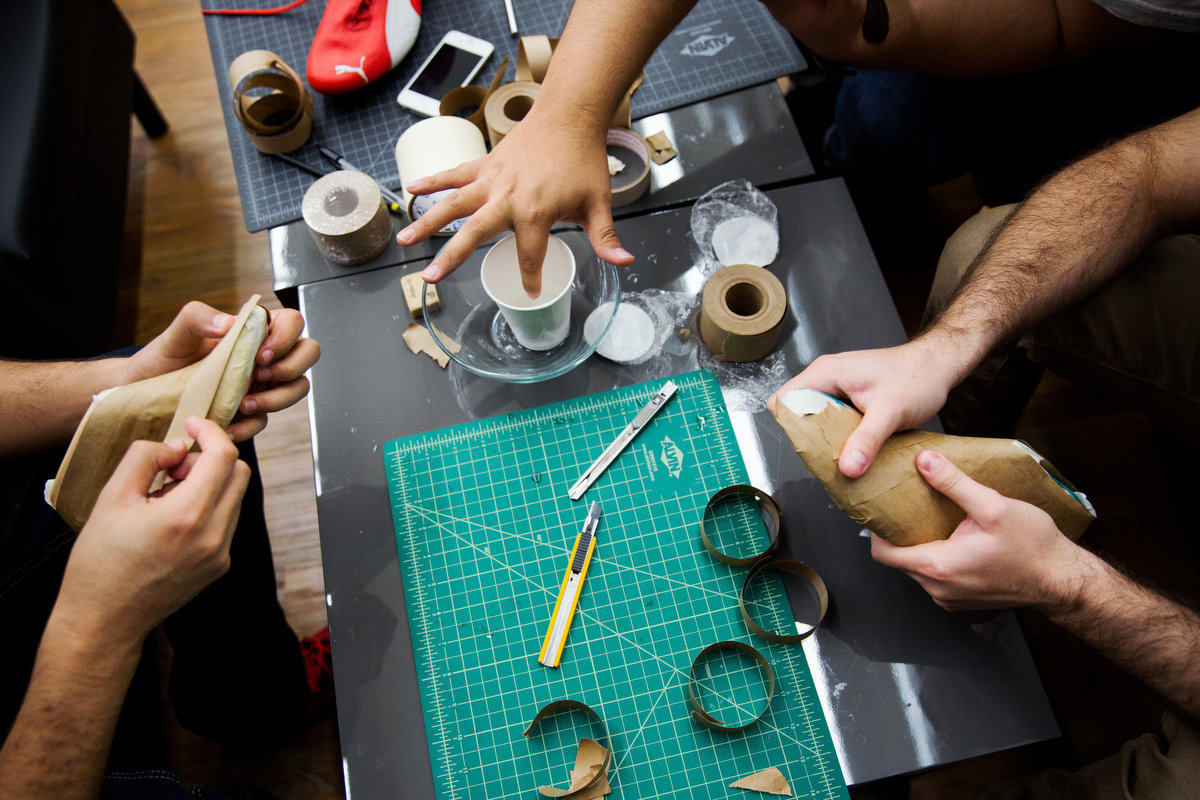
You went into the sneaker industry long before Google and social media — and you did a lot of legwork just to have your initial designs seen. What are some of the most striking changes you’ve noticed in the industry today versus twenty years ago?
When I started there was no Internet. We had the yellow pages — not that I’m ancient — I’m only 47, about to be 48 in a couple months —
That is not old!
It’s crazy to see how instant everything is. When I was in high school you got to choose between some white-white-white, white-black, and white-silver — that was the standard color options. Now, that’s been blown out of the water. When I started, I didn’t have social media to post to let people see what I could do and have people discover me. My discoveries were internal, in my office, at a company, in a suggestion box — a wooden physical box.
Now, it’s a bit more intimate, the opportunity is a lot bigger for kids now. I tell my students all the time that if I can get to where I’ve gotten with the limited resources that I had to start with, you have no excuse.
And there are so many more avenues today.
Absolutely dude. Part of what we’re trying to do with Lace Up and with PENSOLE is to shed a light and let people see that oh s***, you could design sneakers one day. Or you can do the colorways, or you can do the materials, or you can do the business side — those things are just not talked about by the sneaker companies.
What I hope people get from the show is that every week they can tune in and get another part of the process that gets them closer to this idea of designing their own one day, or creating their own brand.
We’re gonna do our own version of the suggestion box, but it’s a digital suggestion box now. We’ll give kids and opportunity to follow along on the show and they design against the ideas on the show — they can design their own version of what was on the show and send it in to us. The top students will get a scholarship to come to PENSOLE.
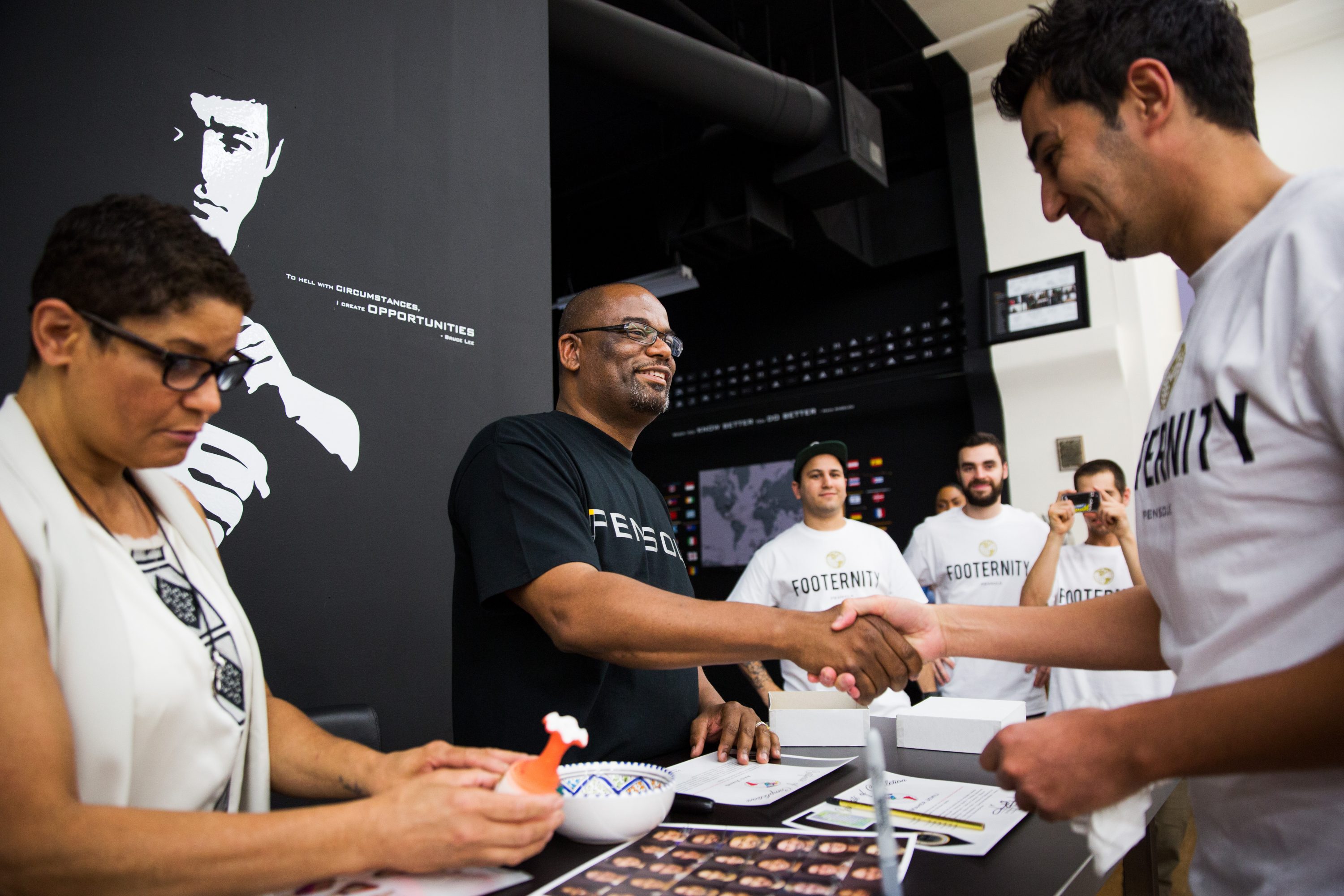
What is your vision for the future of PENSOLE? How do these types of partnerships — like the partnership with Foot Locker for the latest class/competition and this latest partnership with YouTube Red — help work towards your goals for PENSOLE?
The partnership we have with Foot Locker has been great. As a kid that wanted to work at Foot Locker in high school just so I could get a discount on some sneakers — they didn’t hire me by the way — turned into me designing shoes that are sold at Foot Locker. Now, I’m on my third relationship with Foot Locker – working with them to have consumers design shoes that are sold at Foot Locker. Our partnership can evolve into more PENSOLE branded product that may show up at Foot Locker, designed by students.
Even this partnership with YouTube and Google — it’s an awareness thing for me. It’s about awareness, reaching these kids where they are, cause they’re on YouTube for almost everything. If we can reach them just to show that there are other possibilities for them, from a career path point of view — that was my number one goal with doing this partnership with YouTube, the awareness that it could bring to some kid in some small town somewhere. But someone that doesn’t have visibility to the culture like we have visibility to it that discovers “wow, that’s a job!” Or a kid watching it with their parents and their parents are like, “Wow, somebody actually does that for a living?” So for me it’s about visibility. If we can get those kids that are unaware that you can make a career in this industry, then for me, the show is a success.
I had that exact moment when I met the archivist for the Reebok archive. I had no idea that you could make the kind of money she’s making archiving sneakers. That was a holy s*** I might have picked the wrong thing kind of moment.
Those jobs are hard to get though!
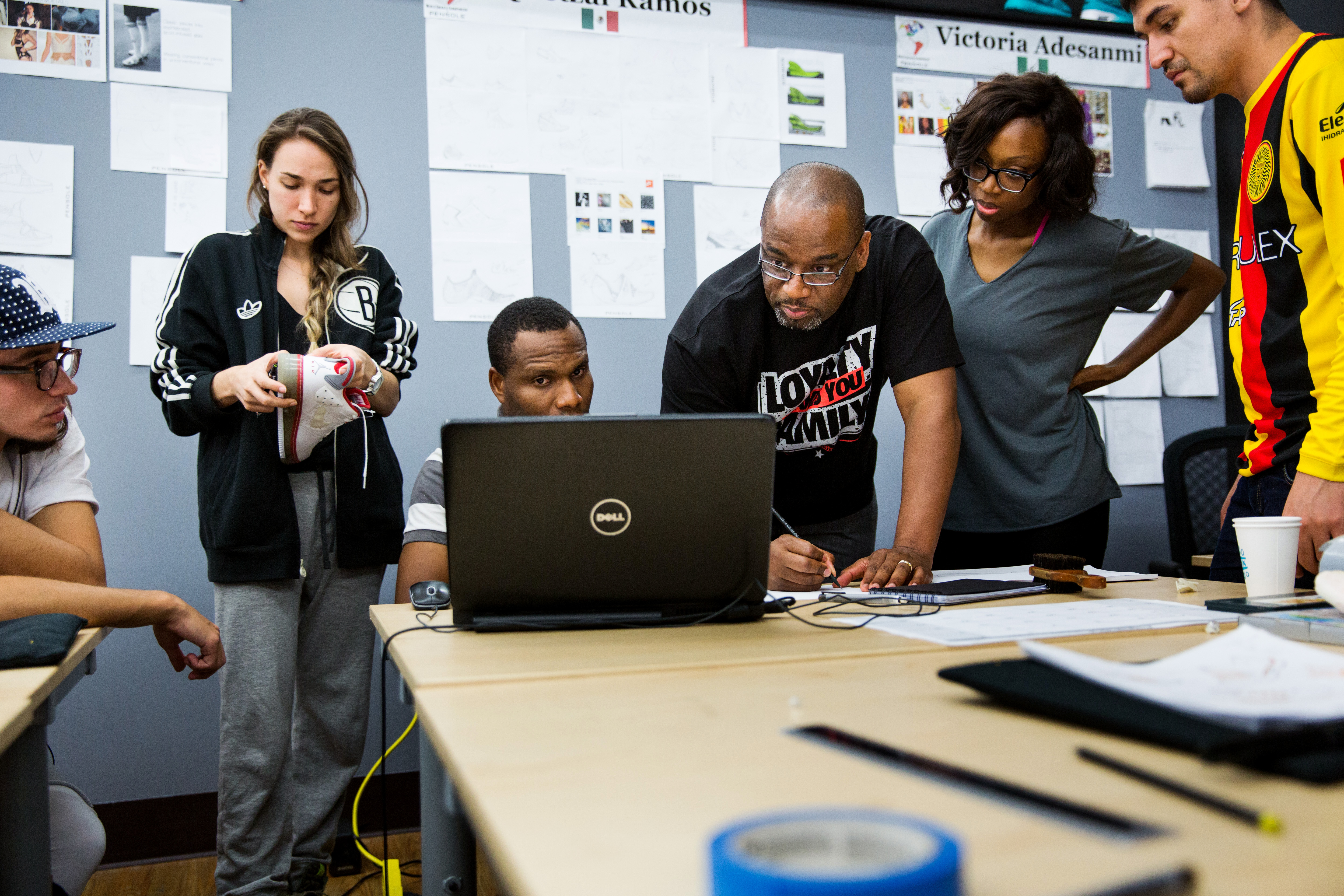
What do you think about reusing ideas from heritage models? Do you think that the industry, the suits, or the sneaker companies themselves, have killed the creative process of the designers? The Air Jordan 32 and 31 are influenced by sneakers that already exist, the Air Jordan 1 Flyknit is a modern interpretation of a sneaker that came out nearly 35 years ago.
It isn’t just Jordan, all the companies are doing it. From a creative point of view I think you hit it right on the head: it doesn’t allow the designers to show their true creativity because they’re working off of an existing base. For me, that’s more of a marketing concept than a design concept, that’s the marketing side of the business saying, “Hey, let’s take something that worked and let’s change it and make it new but still feel old.” A designer wouldn’t do that, or wouldn’t do it on purpose. Those directives come from the marketing side of the business, and I don’t think it allows for designers to show their value and their worth.
At the same time, from a brand perspective — whether it’s Nike or Jordan or adidas or whoever — it reduces their growth into new opportunities too because in some ways you’re conditioning the consumer to want something old from you, even though you’re putting a twist on it, it still doesn’t allow you as a brand to create a new chapter. You’re still going backwards into old chapters.
For me, it’s a double-edged sword; I understand the business implications of it because if something works, let’s tweak it and sell it again — I understand that. From a design perspective, I don’t agree with it because I’m a designer and I want to design something new rather than redesign someone else’s stuff, even though that’s not easy to do either. It’s actually pretty difficult — I’ve done it over the course of my career.
From a longer-term brand perspective, it’s a dangerous game to play because I just don’t think it’s a future-thinking thought, it’s an immediate thought that could have future ramifications that you have to deal with at some point.
If you are constantly selling nostalgia, you’re never really pushing new ideas or pushing the boundaries of what we think we can get from Nike or Jordan or adidas.
These companies still produce new ideas but it’s overshadowed by what’s familiar.
Always deep insight with you D’Wayne.
If you ask a question I’ll answer it. All I know is my opinion, it’s not necessarily true, but it’s my truth.
But you also have 20 years worth of experience in possibly one of the most interesting industries out there.
I appreciate that — yeah, it’s been a long time. [chuckles] I’m reminded of it every class I have with all these young kids that weren’t born before I started.
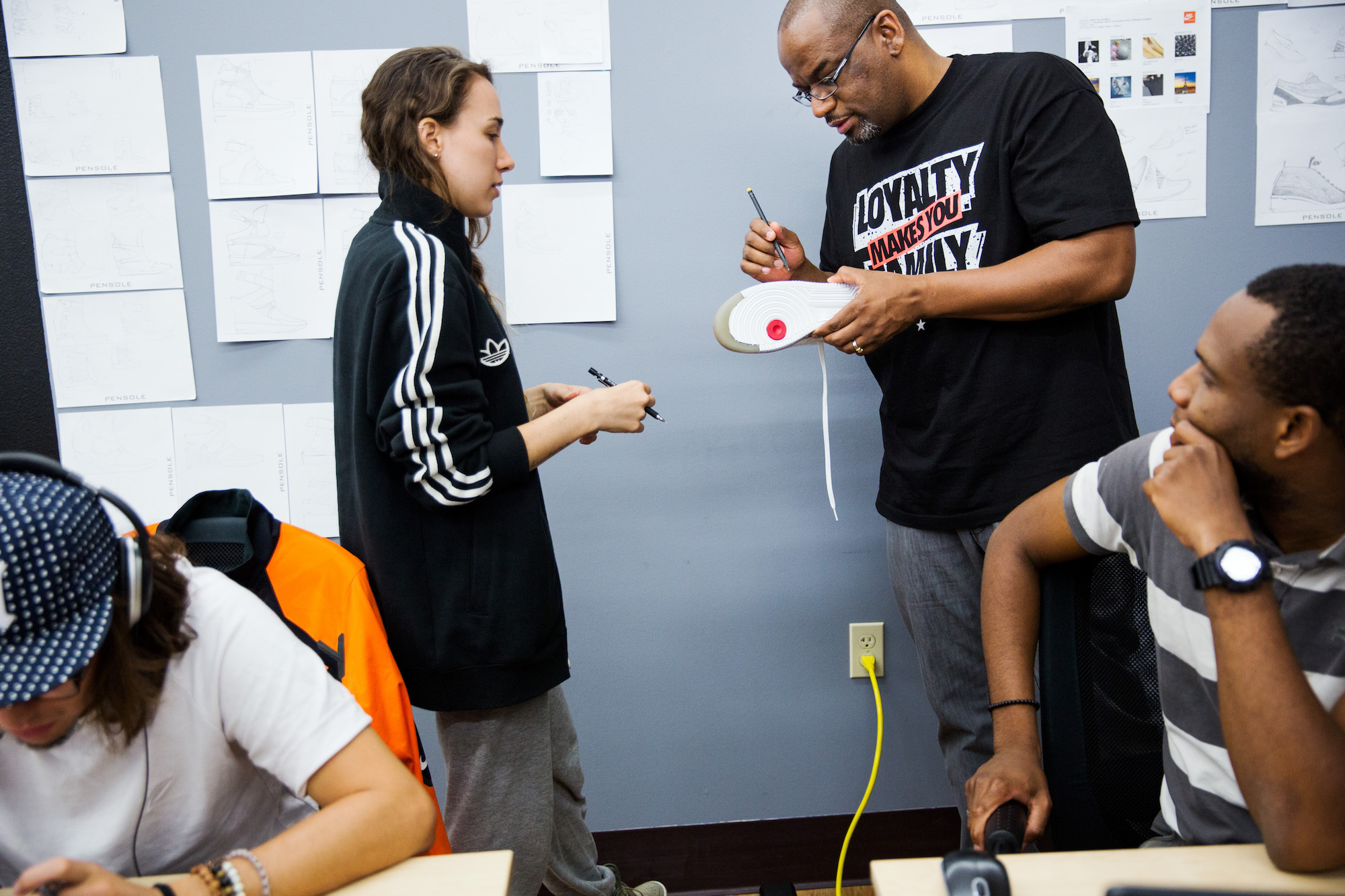
To think that you’re old is foolish. You’re hitting your peak!
I like to think so! I’m entering into another chapter of my existence in this industry. I would say the first two decades I was a consumer, the second two and a half decades I was a designer, and now I’m entering the educator phase of my career. I think my relationship with the industry, and the culture, continues to evolve. I’ve been able to see it at different stages.
Not working at a company, being able to see the whole industry — and in some cases I work with a lot of these bigger brands anyway — I have an interesting view of what happens internally and externally. It allows me to see the opportunities for these students to find ways into these companies. I kinda like the view that I have right now because it’s an overview of the whole industry, and a glimpse of what could be.
And I think you are in a position now where you can see things very clearly.
Most definitely! I’m not blinded — even though I really wasn’t when I was at the companies — I’m not taking into consideration margins, having to meet a number, marketing schemes, and things like that. It’s more pure; looking at design in its purity, looking at business in its purity, looking at the industry in its purity without being jaded by one company’s focus or vision for what they think it should be.
Thank you so much D’Wayne, it was an absolute pleasure to speak with you.
Anytime you want to chat just let me know.
Good luck with the show, I can’t wait to see it.
Thank you man. Hopefully, it does the industry and the culture justice. And hopefully, people embrace it and like it. The gift and the curse with our industry is they’ll tell you — if they don’t like it, and if they do like it. I like 50-50 odds.
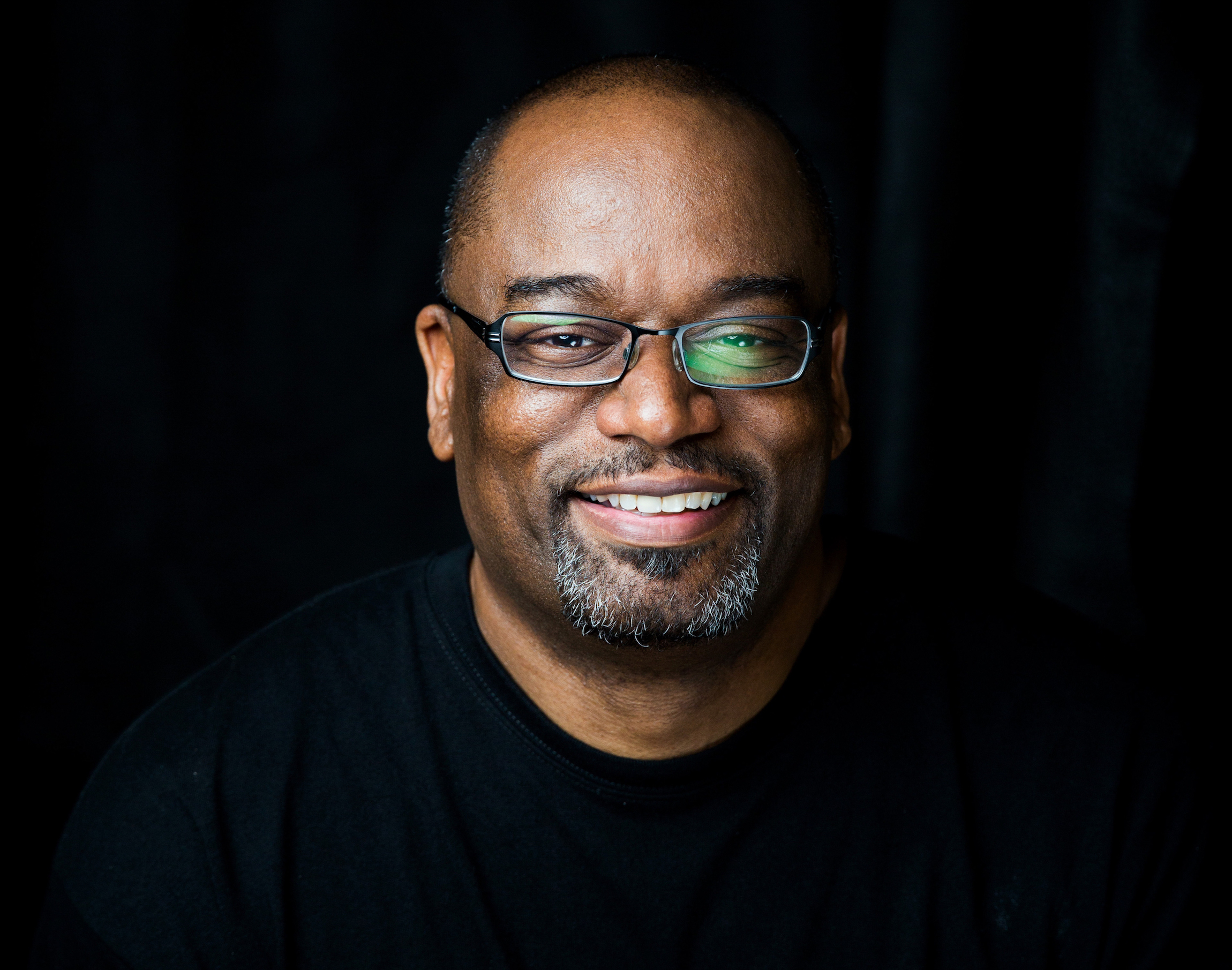
Images via PENSOLE


